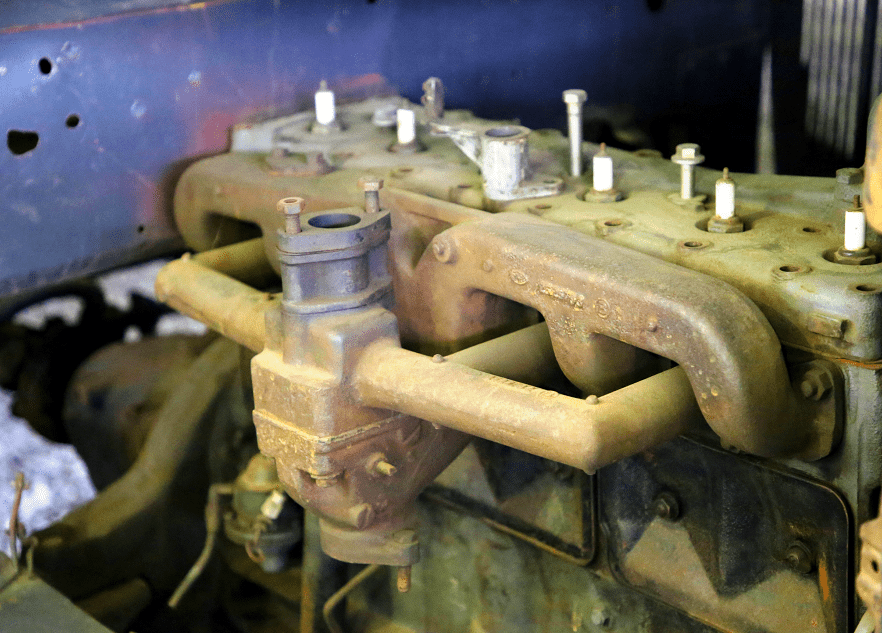Opel Blitz 3,5-157. Black version in Moscow
Opel Blitz (Blitz being German for “lightning”) was the name given to various light and middle-weight trucks built by the German Opel automobile manufacturer between 1930 and 1975. The original logo for this truck, two stripes arranged loosely like a lightning symbol in the form of a horizontally stretched letter “Z”, still appears in the current Opel logo. The Blitz name was then applied to the British-made Bedford CF when it replaced the Blitz in certain markets.
By 1934, four versions of the one-tonne basic model were offered, along with fourteen versions of the larger two-tonne and 2½-tonne trucks. The Marquette engine was replaced in 1937 with a modern overhead valve 75 hp (56 kW) straight-six engine also used in Opel Admiral passenger cars. This engine was very similar to Chevrolet engines from the same period, to the point that advancing Allies were able to put disabled Blitzes abandoned by fleeing Germans easily back into service using Chevrolet/GMC and Bedford parts.
From 1939, the Blitz 3.6 three-tonne version was used in large numbers by the German armed forces (Wehrmacht) throughout World War II. Variants included an elongated version and the four-wheel drive Blitz A. To cope with the bad road conditions and the rasputitsa mud seasons on the Eastern Front, a half-tracked Maultier (“mule”) Sd.Kfz. 3 version was built using tracks and suspension based on the British Universal Carrier. Among others, these were used as service vehicles for the Messerschmitt Me 323 military transport aircraft.
The light basic model was manufactured as Blitz 2.5 in Rüsselsheim until 1942 and again from 1946, equipped with the 55 hp (41 kW) Opel Super 6 engine. On 6 August 1944, the Opelwerk Brandenburg was devastated by an RAF air raid. Until the end of the war, about 2,500 Blitz 3.6 trucks were built by order of Minister of Armaments Albert Speer at the Mannheim plant of the rival Daimler-Benz company, while production of its own Mercedes-Benz L3000 model had to be discontinued.
After the war, the facilities in Brandenburg were completely dismantled at the behest of the Soviet Military Administration, while Daimler-Benz in Mannheim resumed building the Blitz 3.6 under the designation L 701 until 1949. The last 467 medium trucks were again assembled by Opel in Rüsselsheim until production finally discontinued in 1954 without a successor.
Nazi war crimes
It is claimed that Opel used forced labor to build the Blitz.
The degree of control that General Motors in the US had over Opel at the time is subject to debate, but by production numbers alone, it is evident that Opel was heavily involved in production of trucks and other equipment for the Nazi war machine.
The Opel Blitz was one of the vehicles (along with Renault, Saurer and Magirus based vehicles) used by Germans in The Holocaust as a gas van to kill with carbon monoxide.
Made in Germany in 1935
Engine: 6 cylinders
Power: 60 HP
Speed: 70 km/h
Weight: 2400 kg













